Architecture on the Road
HANOK VILLAGES OF SEOUL - EXPLORING BUKCHON, NAMSAGOL AND IKSEON-DONG
The hanok is a traditional Korean house typology that originated during the Joseon Dinasty (13th-19th century), and is still used and inhabited today through all South Korea. Hanok houses can be found anywhere, strewn throughout countryside villages, or nestled between skyscrapers in bustling cities, preserving the lifestyle of an ancient time.
The modern capital of Seoul still retains some ancient hanok neighborhood (called “hanok villages”). While visiting the city, we couldn’t miss the chance to visit some of the most famous: Buckchon, Namsagol, and Ikseon-dong.
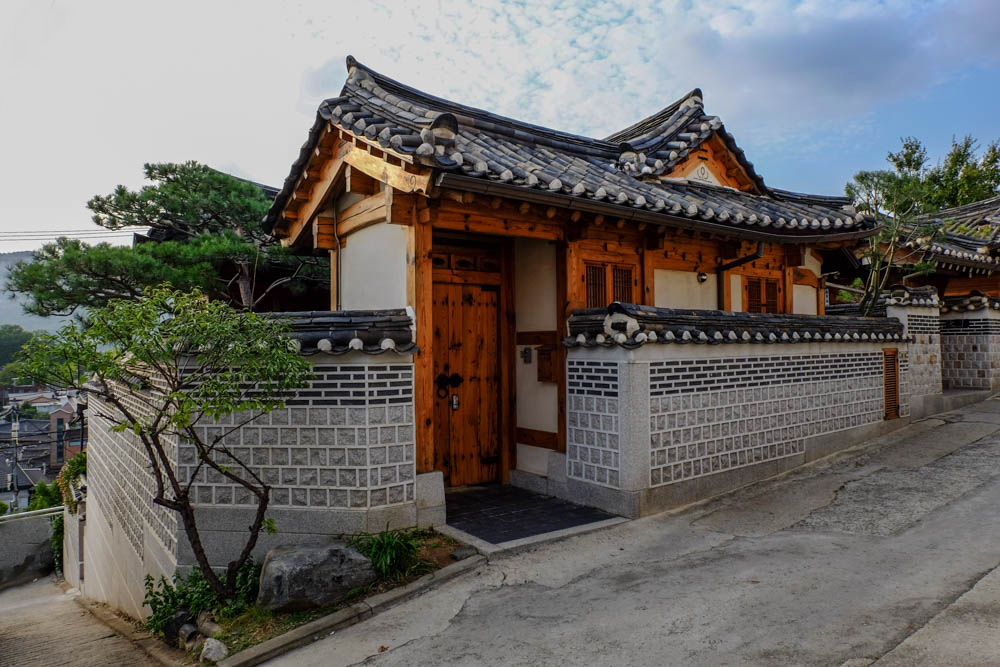
Hanok houses are a beautiful example of environmentally friendly, vernacular architecture that espouses the surrounding nature in its construction and the well-being of its inhabitants.
According to Pungsu principles (the Korean version of Fengshui, the art of choosing a favorable landscape to bring health and good luck to the inhabitants of a village or building), the perfect position to place a house has mountains at the back, a river flowing in front, and completely surrounded by nature.
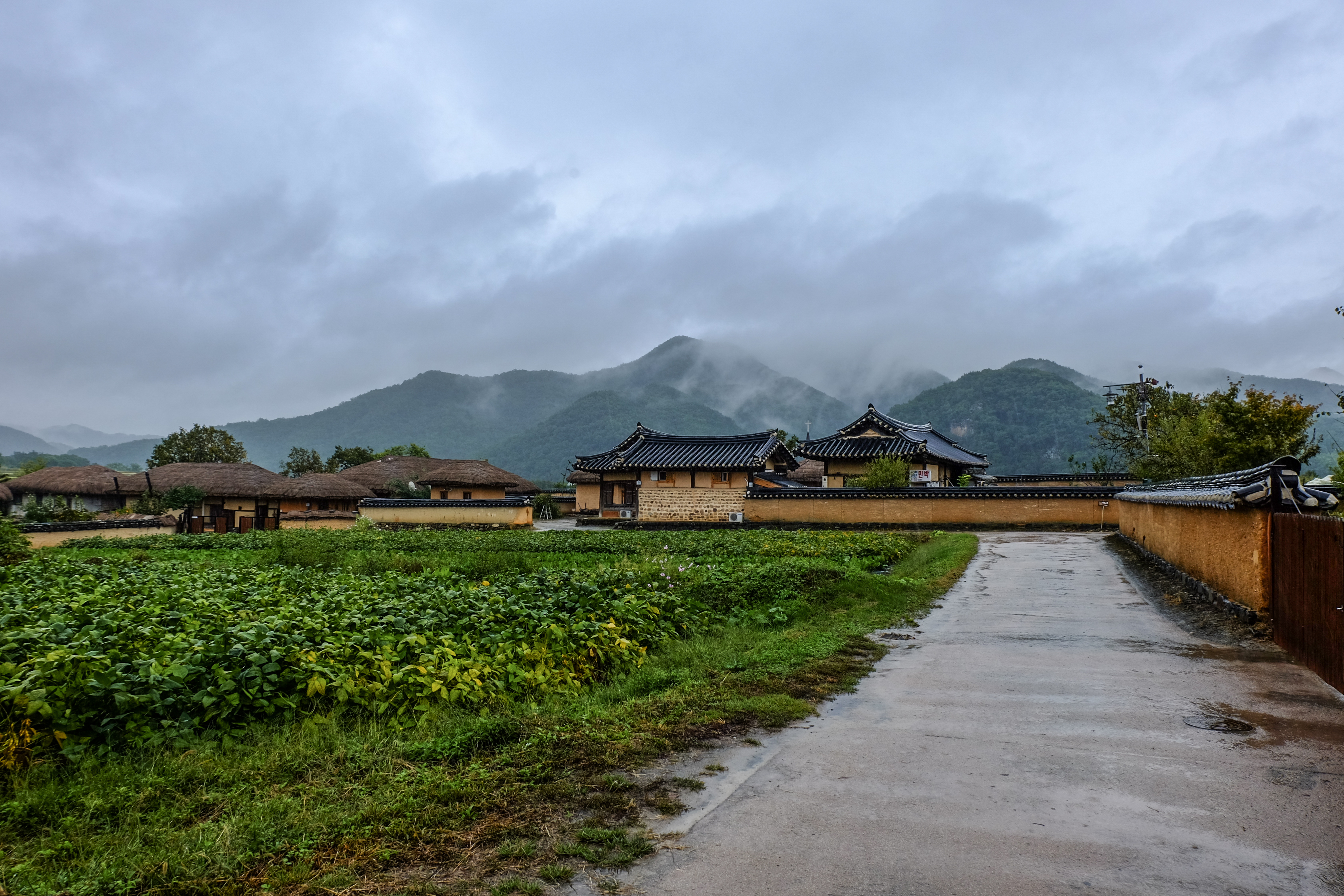
Hanok houses can dramatically vary in size, from a single unit, to a cluster of dozens of courtyards, according to the status of the owners.
Hanok houses can also vary in shape, according to climate. In northern regions, where the weather is colder, hanok usually have a square shape and are built around a courtyard. This enclosed shape helps to block the wind and retain heat for the occupants. In central regions, where the climate is more mild, hanok usually have an L shape. In southern regions, where the climate is warmer, hanok are usually built in a straight line, often with cooling floor features to allow better ventilation.

Traditional hanok houses belonging to the upper and middle class have their original tiled roof (giwa), which can vary in shape and aesthetics. The edge of the roof (cheoma) can vary in length from place to place, in order to control the amount of shading and sunlight.
The houses for the lower class folks can have a thatched roof made of straws (choga).
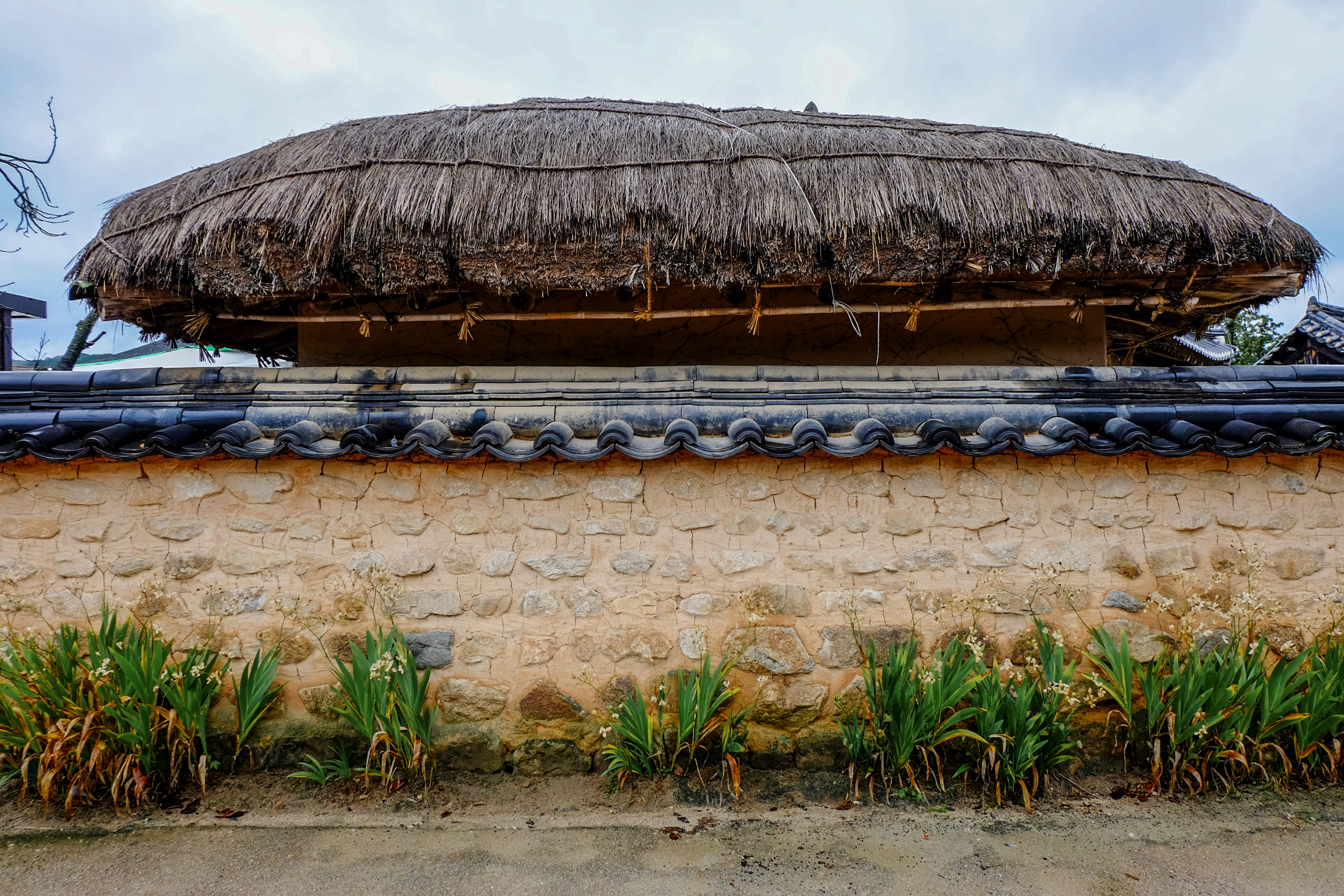
According to Confucianism, which was widely spread during the Joseon Dynasty, homes were arranged to have a specific position for each member of the family.
Men and women weren’t allowed to share the same space of a hanok house. The house was divided into a female part (ahn-ch’ae), and a male part (sarang ch’ae). Women in fact were not supposed to spend much time outside, and used to spend most of their time in inside the house. In the women side is also where the kitchen used to be placed.
Bigger houses were divided into clear inner (female) and outer (male) sections, while the smaller houses were simply divided into two separate rooms.
In the center of the courtyard or on an elevated basement, there was usually a shrine dedicated to the family ancestors.

A SUSTAINABLE KIND OF HOUSING
Hanok houses predominantly are constructed of natural and eco-friendly materials.
Stone is used for the basements and walls, together with clay. Wood is used for all the exterior and interior structures and most of the furniture.
Hanji, a kind of Korean traditional paper made from the bark of mulberry tree, is a very important feature of a hanok house. The paper is lubricated with oil and waterproofed to be used to close windows, doors, and clothe walls and the ceiling. Its transparency allows natural light and its natural capacity for insulation helps to keep the room warm in winter, while allowing it to breathe the humidity during summer, absorbing any excess moisture.
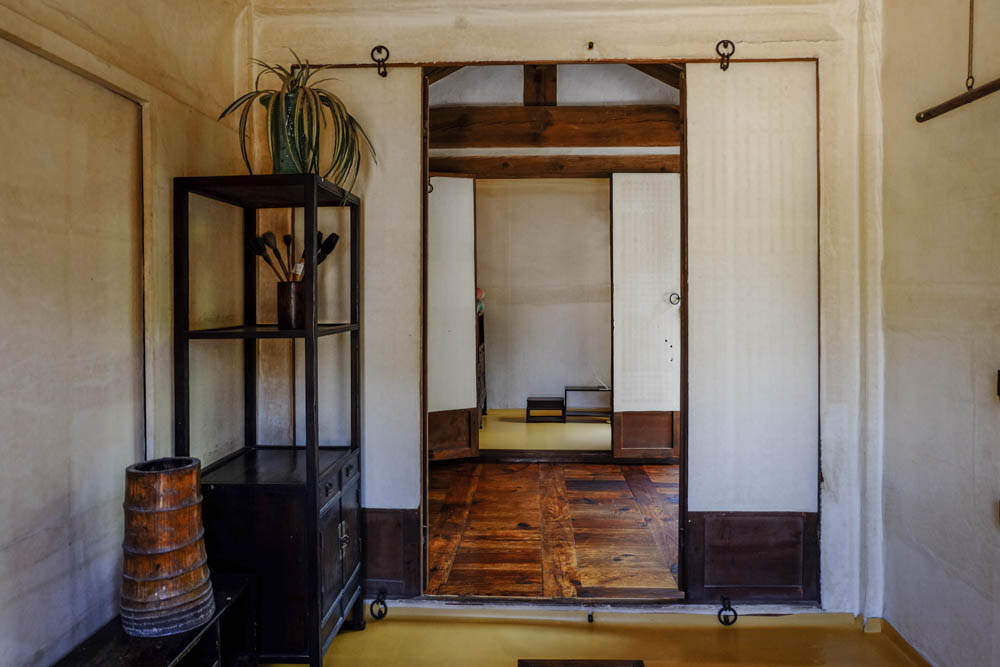
HEATING AND COOLING SYSTEM
A special feature of hanok houses is the heating and cooling system, which is embedded in the design of the flooring.
Traditional hanok houses are built over a stone platform, perforated by a network of air channels connected to a fireplace. During winter, hot hair is channeled through these holes, providing a comfortable inner temperature for the rooms. This floor-based heating is called Ondol, and modern versions of it are still used in most of the buildings.
This way of heating the home from the floor is one of the reason why Koreans sleep on floor mattresses and eat or hang out on the floor (this is also why it’s forbidden to enter a Korean house with shoes on).

While Ondol is used during winter, the Daecheong is used during summer to cool down from the heat. Daecheong is a wooden-floor, openable hall. The floor lays on posts, detached from the ground, allowing airflow (built separate from the ondol system). The windows can flip and be hung horizontally, allowing complete air circulation. This natural method of air conditioning makes the Daecheong the place where families spend most of their time during the hot season.
(this particular side of the house can be predominantly found in bigger and more complex homes from warmer climates)


During our trip to South Korea, we took the oppurtunity to explore three of the most popular hanok villages of the capital city of Seoul: Buckchon hanok village, Namsagol hanok village, and Ikseon-dong hanok village.
All three of them represent a conglomeration of traditional hanok houses in the beating heart of the city, and they are all really different from each other in the experience that they offer.
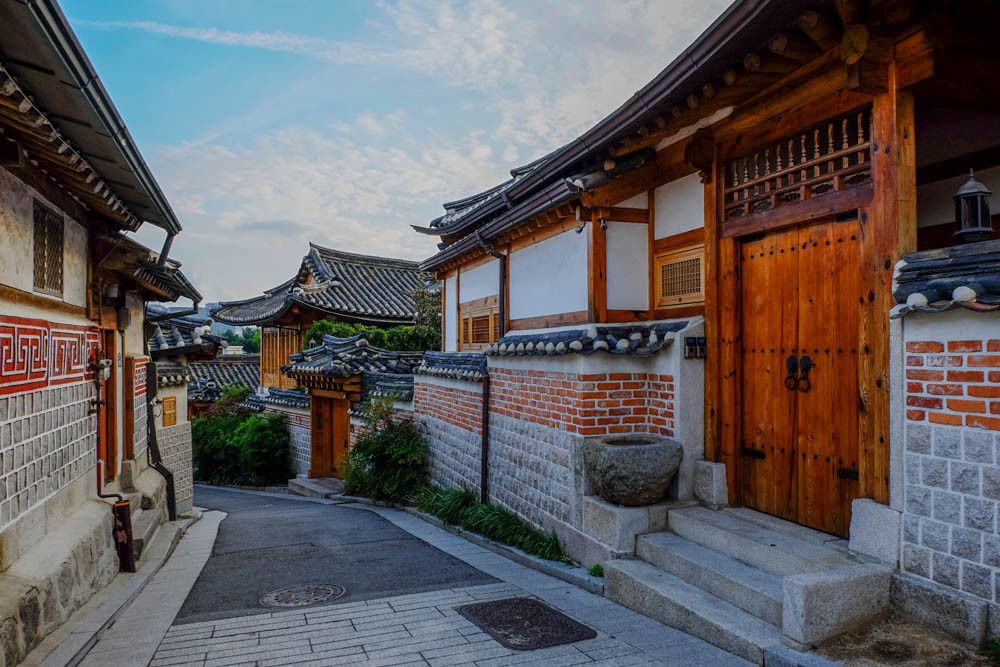
One of the most instagrammable spots of Seoul, Bukchon Hanok village is certainly a picturesque location.
During the Joseon Dynasty, many people from the upper class (yangban) used to live here, leaving us hundreds of perfectly preserved hanok houses.
This village is still inhabited by local people, and therefore it is very important to respect their quietness, considering the large amount of visitors that pop up here everyday to snap cute shots of some of the nicest hanok of Seoul.

The village is quite extensive, but most of the visitors stick to the main sloping road, which holds the most iconic view. Here the road teems with people dressed in colorful hanbok clothes, as the background is perfect for taking some Korean-style pictures.

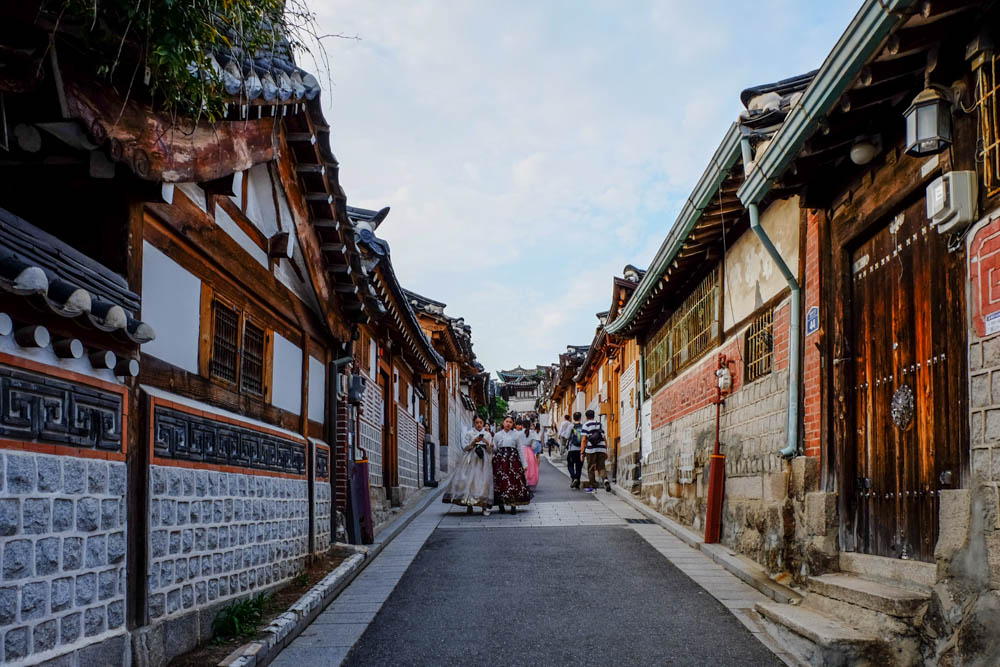
Today, many of these hanok houses host guesthouses, coffee places and tea houses, cultural and workshop centers, and souvenir shops.
One can admire the hanok from the outside by simply strolling around, or one can take advantage of the abundant cultural and commercial activities to experience this beautiful architectures in Bukchon.
The best way to have the hanok experience is to stay at a home-stay, but a room can be quite expensive here! (for this reason we decided to have our hanok-stay in the more affordable Jeonju and Andong).
I personally enjoyed lazily wandering around Bukchon hanok village, but of course, being so popular, it is quite commercial and can get crowded in the main scenic spots.
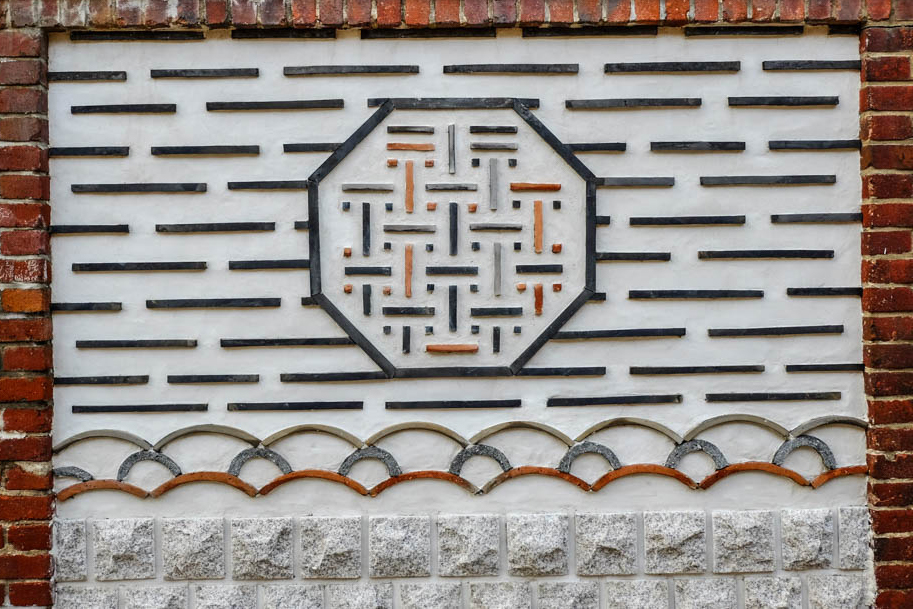
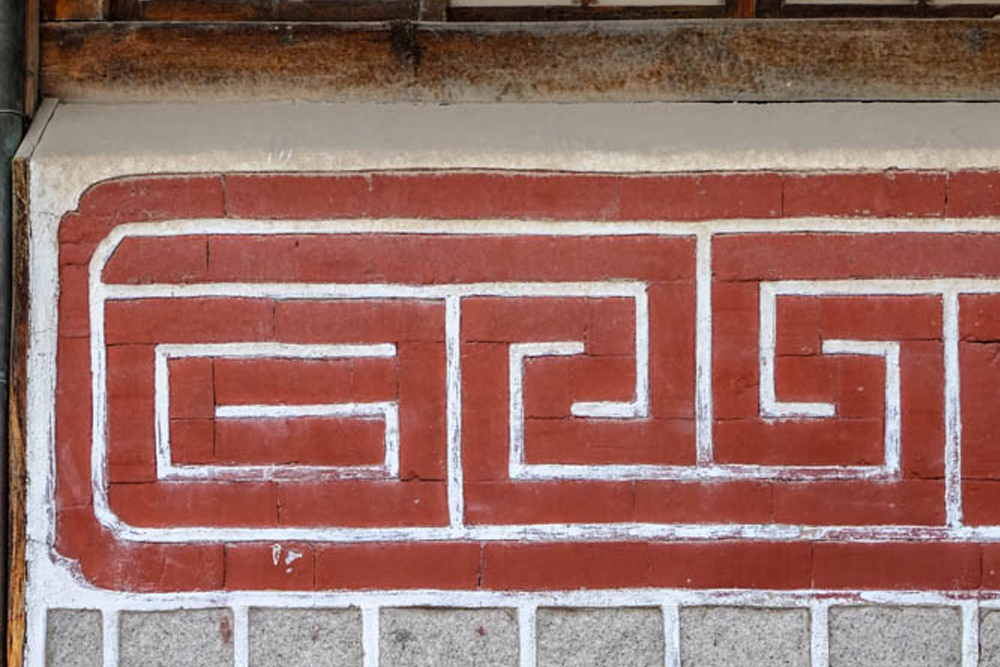
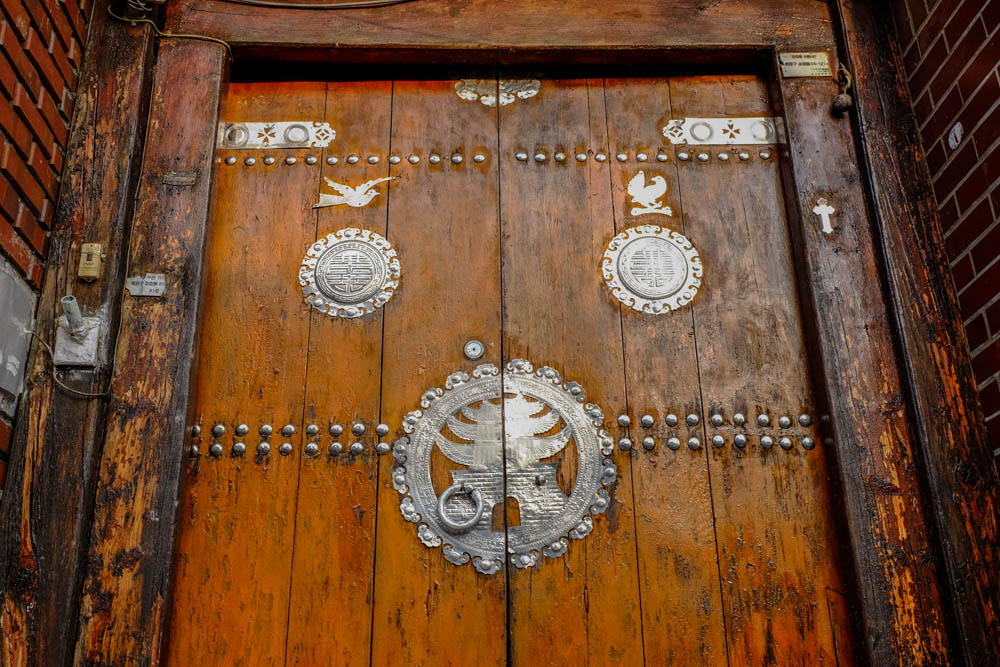
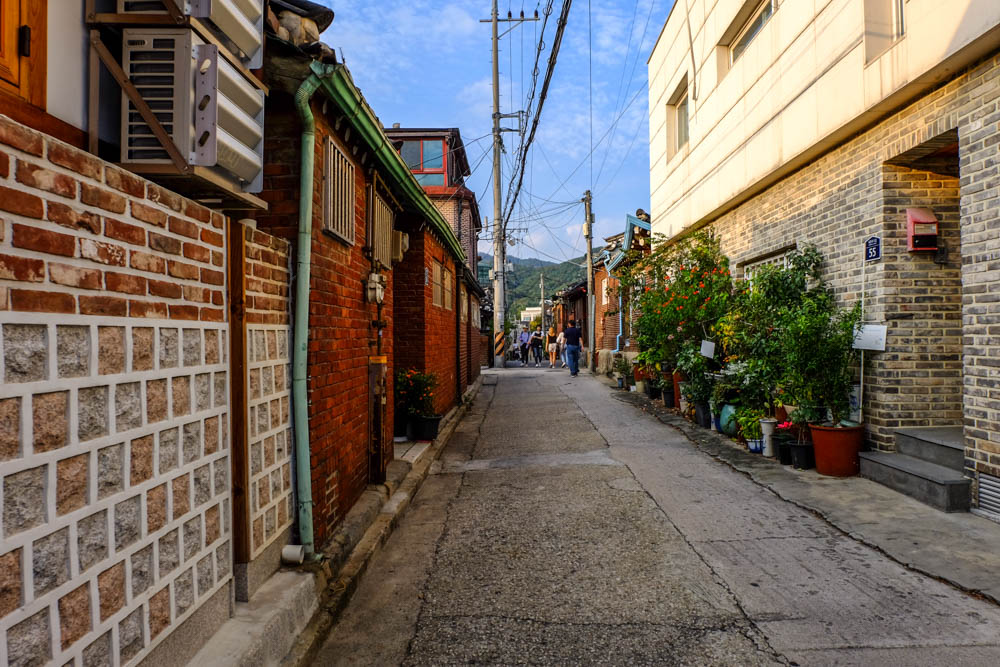
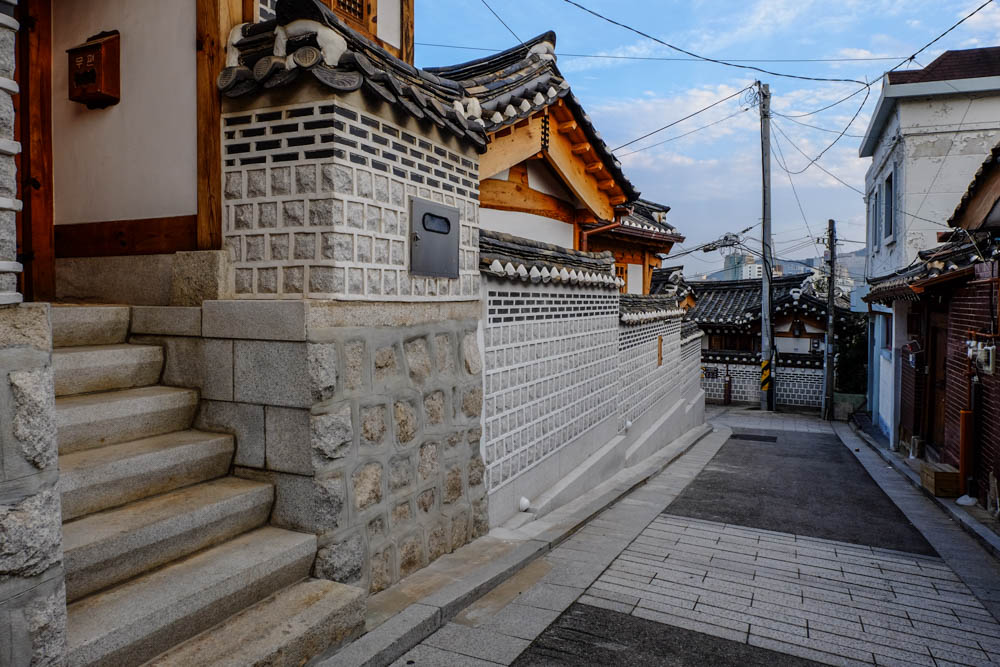
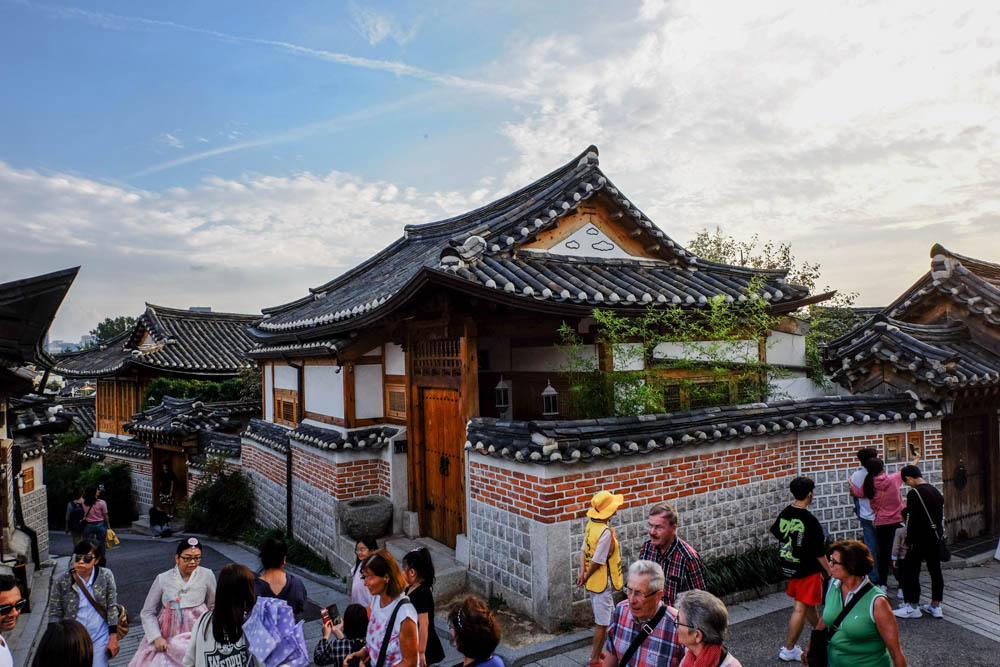
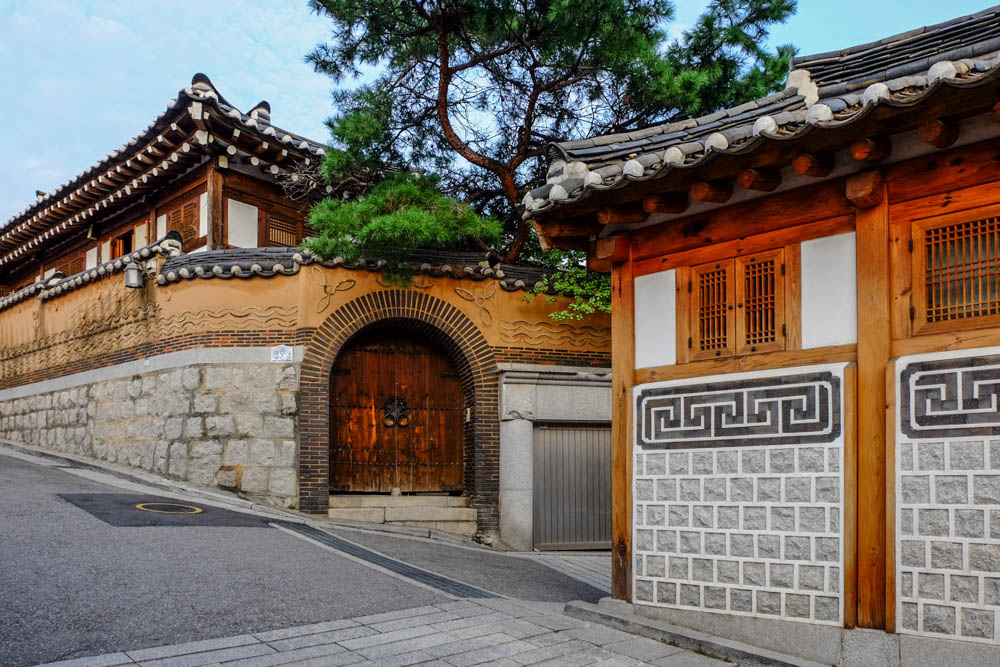
How to get to Bukchon hanok village
Bukchon hanok village is located in the city center, between the Gyeongbokgung Palace and Changdeokgung Palace, and from these two main attractions it is a short, pleasant walk.
To get to Bukchon by subway, the closest station is Anguk, line 3.
From Anguk Station exit 3, head right for about 200m, where you can find information boards about Bukchon village.
The entrance is free.
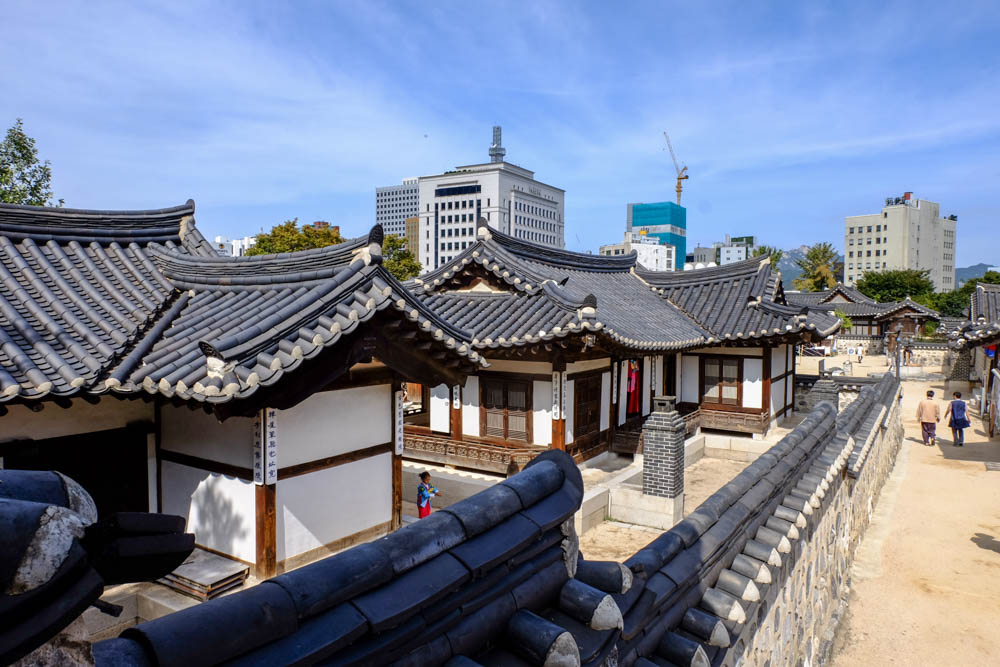
Namsagol Hanok village, located at the foot of Namsan Hill, is a collection of 5 hanok houses, a Traditional Music Theater with open air stages, a Traditional Garden, and Seoul Millennium Time Capsule Square.
The Time Capsule square contains a Time Capsule, which was buried in 1994 to celebrate 600 years of Seoul, with the aim of being reopened 400 years later in 2364.
The hanok houses that can be admired at Namsagol are from the Joseon Dynasty, and were originally placed in a different part of the city.
In 1998 those house were moved to Namsagol Hanok village and restored, with the aim of creating a village-museum of hanok typology.
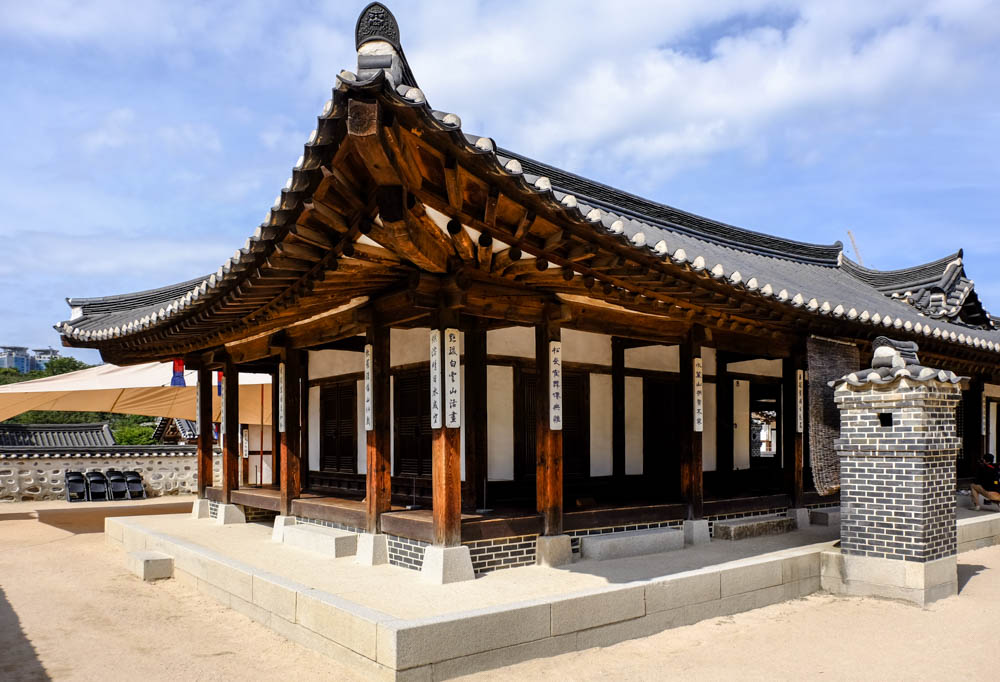
What is interesting about these hanok houses is that they all belonged to members of different classes, so as to offer a comparison and show how the hanok typology transforms and develops according to the status of the owner.
From small and simple to large and grandiose, here we can admire the house of a Master Carpenter who participated in the reconstruction of Gyeongbokgung Palace, the house of a Joseon Dynasty General, part of the mansion of a family of the uppermost class, the house of the father of Empress Sunjeonghyo (where the Empress would spend some of her time), and the house of the uncle of Empress Sunjeonghyo (this is a replica, due to the fragility of the original house).
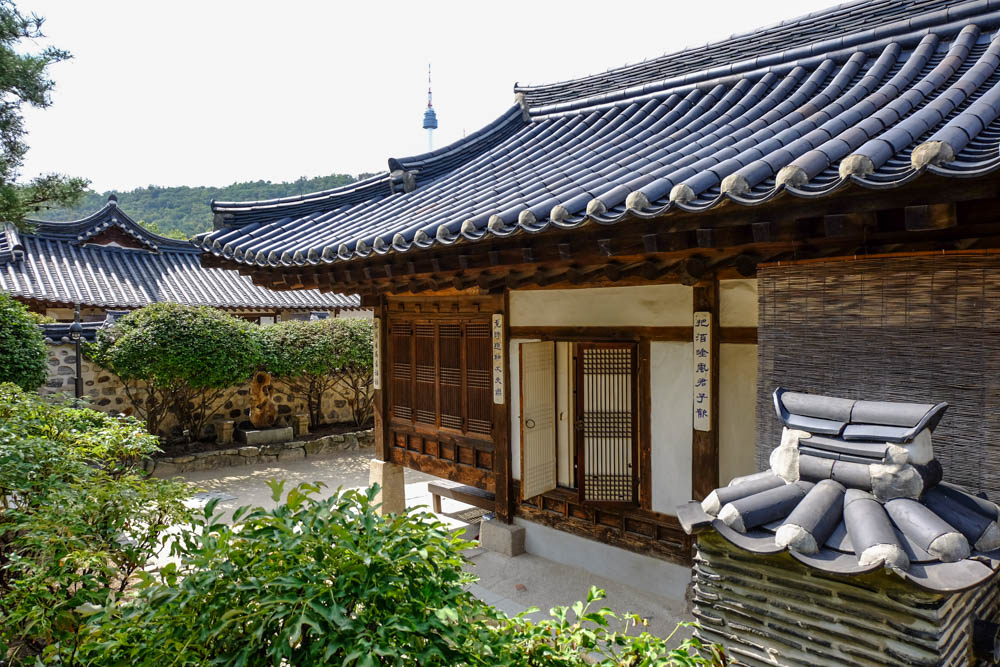
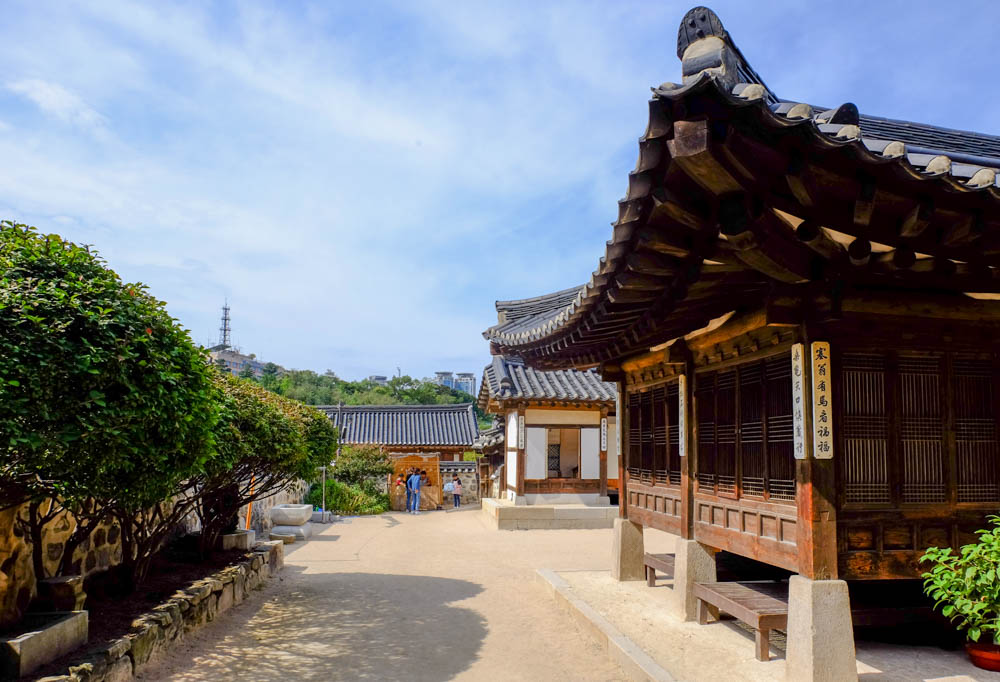
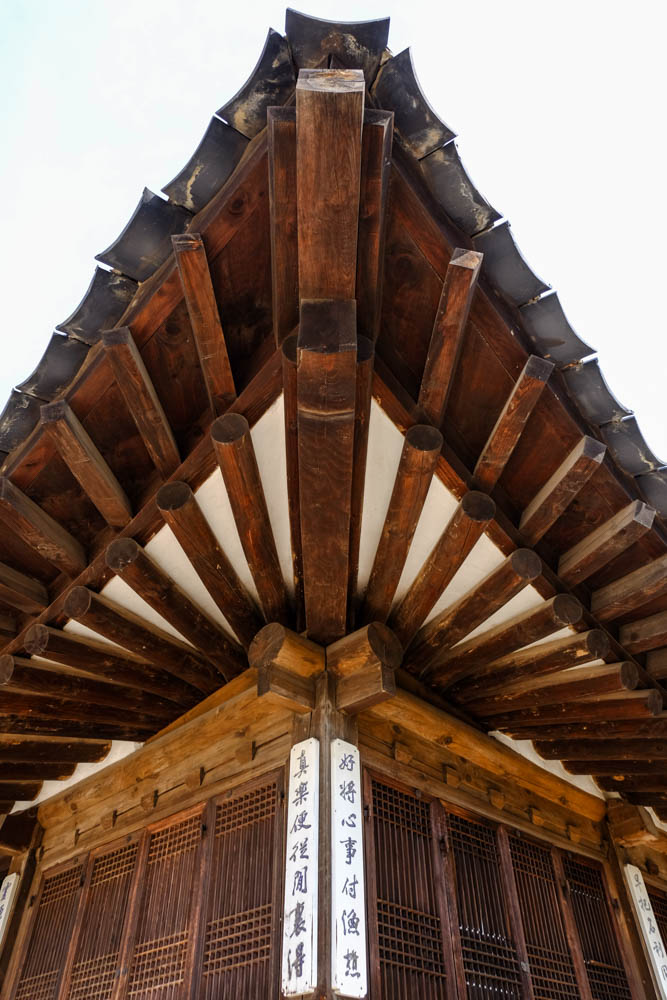
All of these houses can be visited and admired from very close, with perfect reconstruction of the interiors of the time. All those features listed in the first part of this article (male and female distinction, heating and cooling system, and so on) can be seen here.


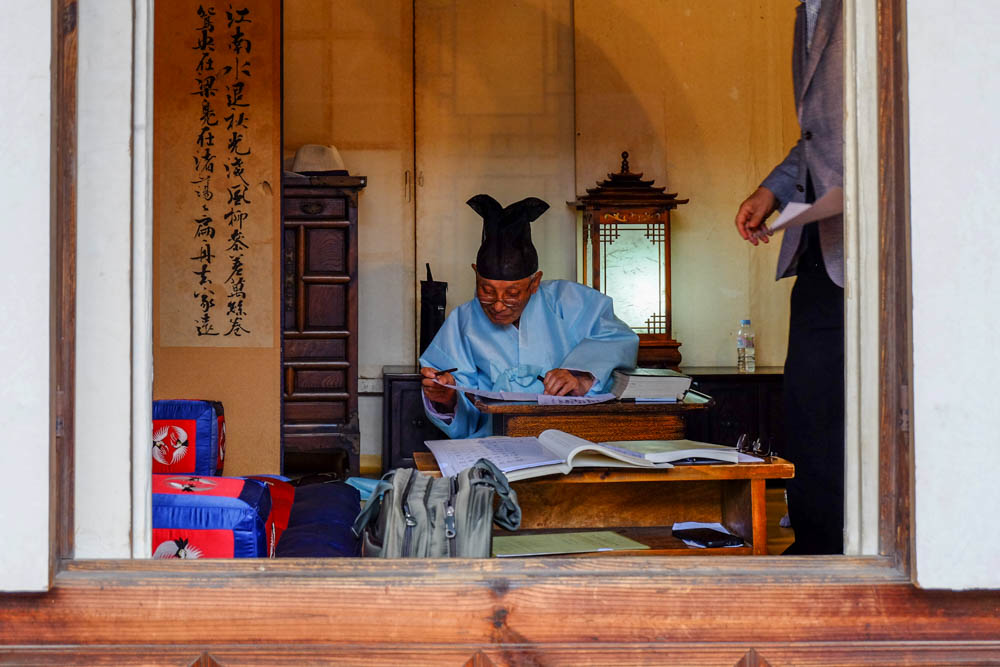
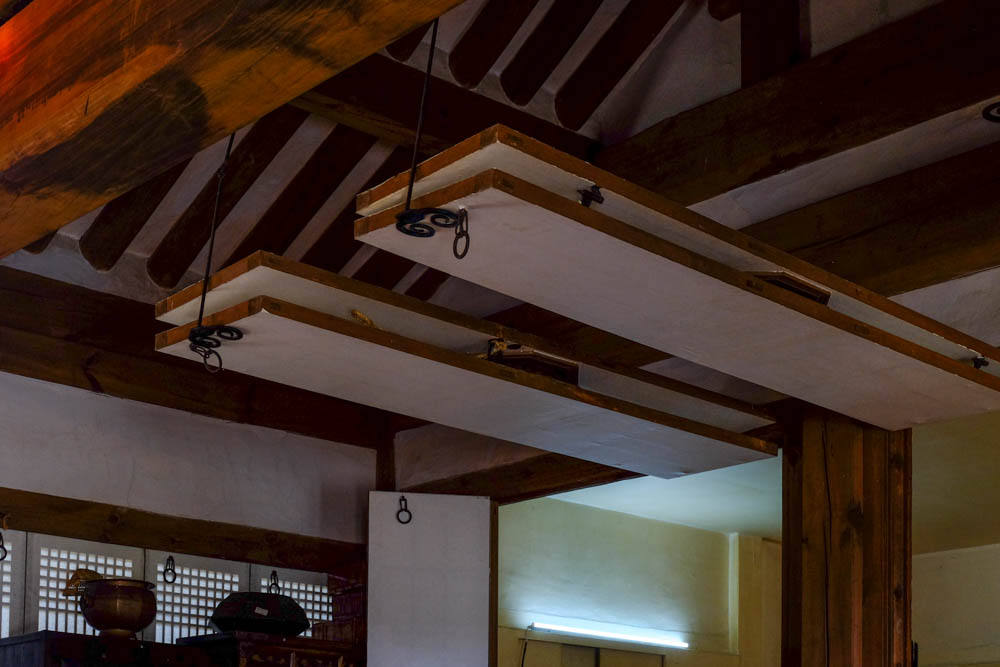
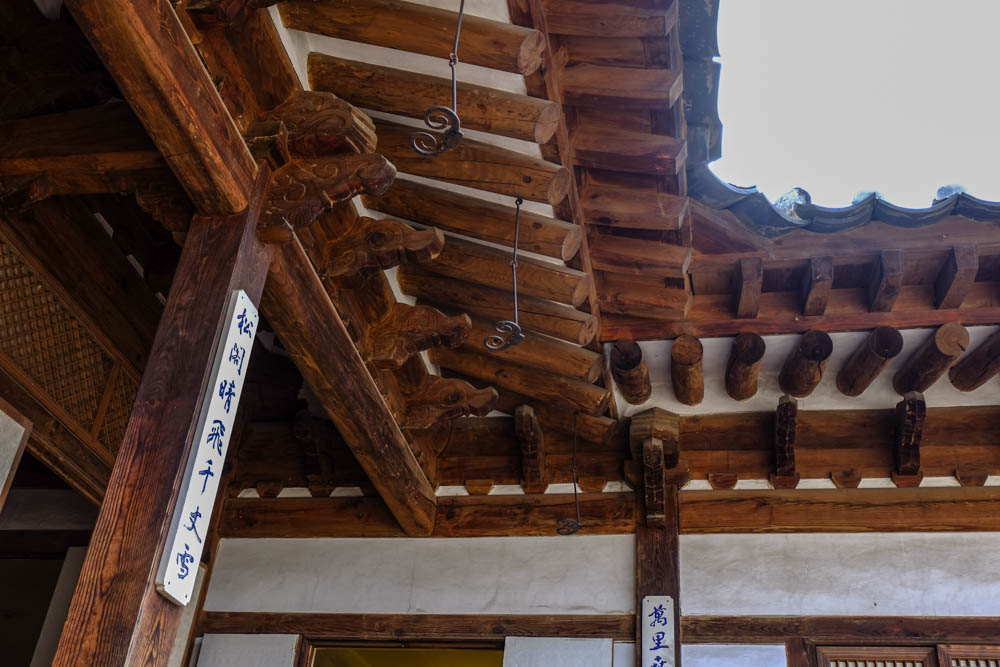
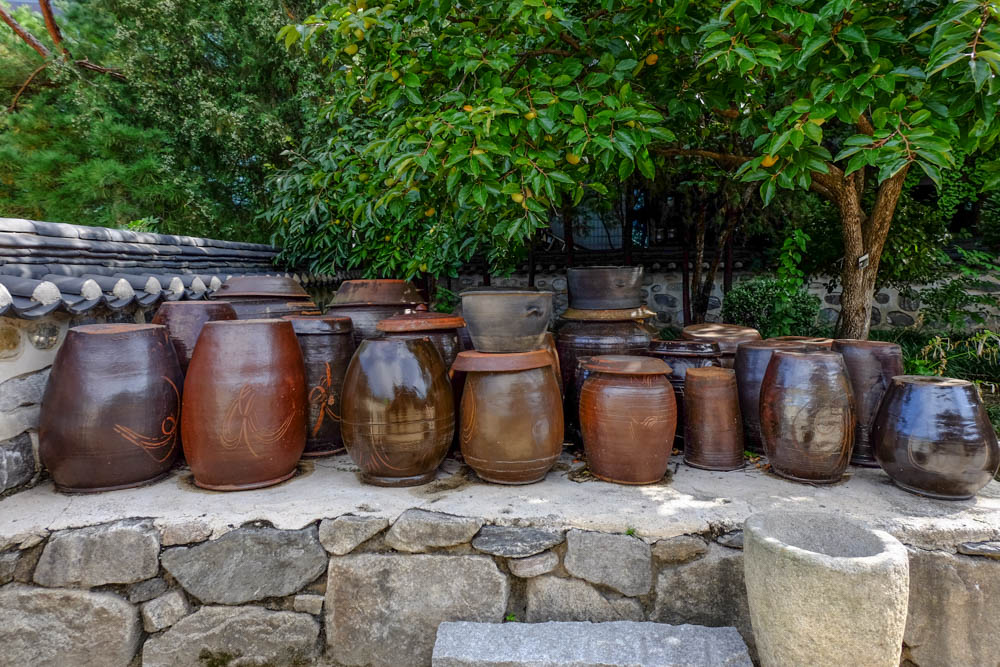
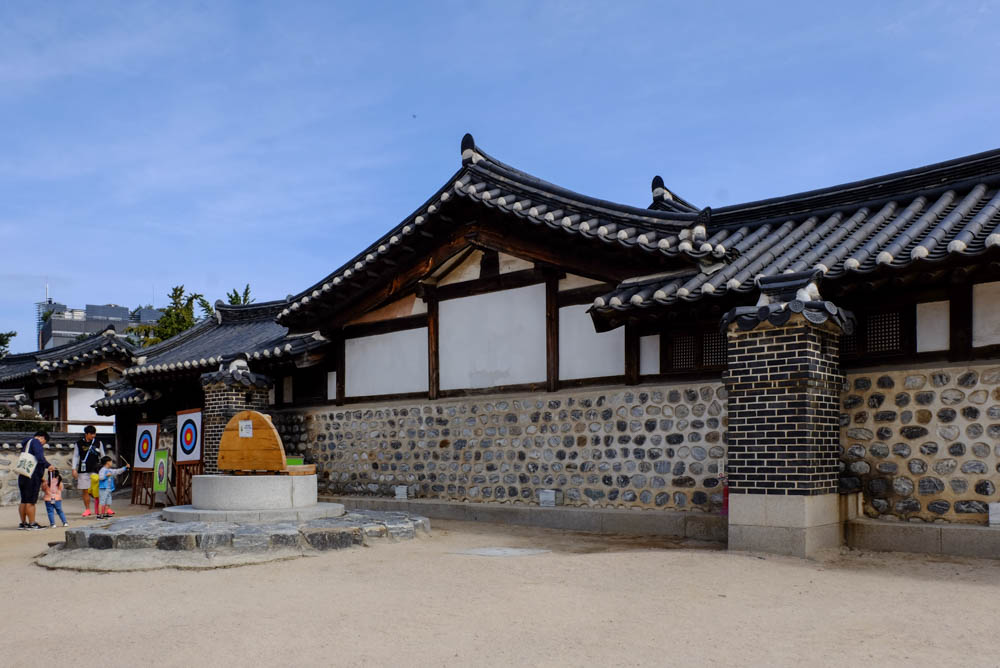
Because this a museum, the feeling is different than visiting a neighborhood inhabited by local people, crowded with coffee shops and other commercial activity.
At the same time, we found the experience really interesting because the hanok house can be understood in its entirety, and its beauty appreciated, without any sort of modern or commercial activity to distract.
This was definitely an interesting visit to do to understand the spaces and the traditions.
The village also hosts many activities related to traditional Korean culture.
Adding to our experience was our little guide, a middle school Korean girl who was on duty to offer free guided tour to foreigners as a program for her school. She explained everything about these houses very accurately, and was essential to fully understand and appreciate what we were visiting!
How to get to NAMSAGOL hanok village
Namsagol hanok village is located at the foot of Namsan hill, on the north side.
From Chungmuro Subway Station (line 3 or 4) exit 4, walk straight along 28 Toegye-ro 34-gil for 100m, to find the entrance of the village.
The entrance is free.
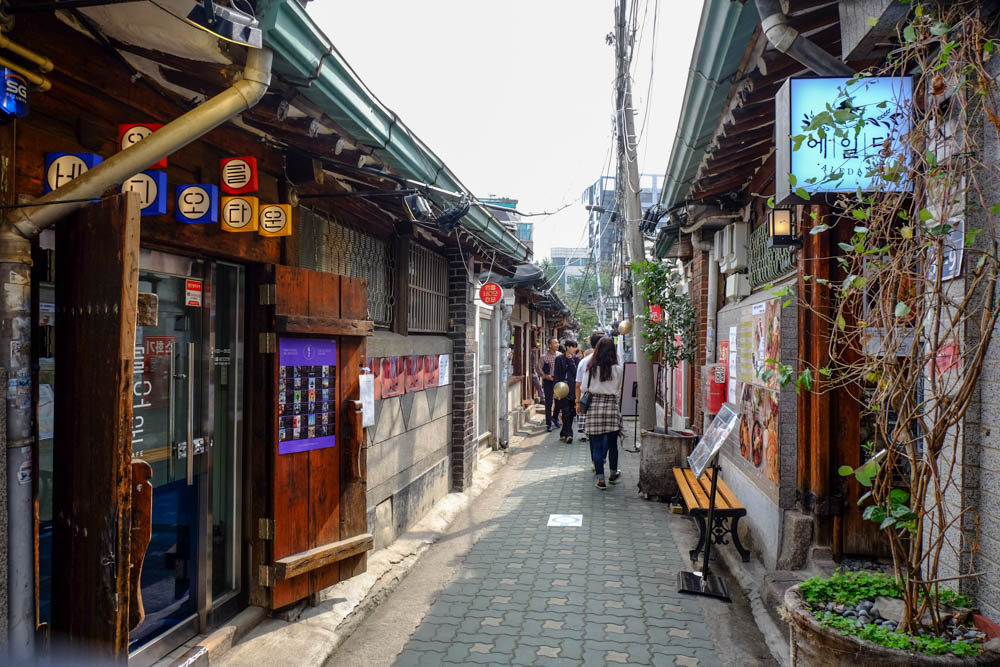
The neighborhood of Ikseon-dong is like a hanok island enclosed within tall modern buildings.
Characterized by smaller courtyard hanok houses lined along narrow alleys, it has recently become one of the most fashionable spots for Seoul’s younger generation. In fact, a number of little design and craft shops, coffee places and bars, dessert shops and clothing stores are gathering here to entertain some of the trendy youth of the capital, quickly becoming crowded in the small lanes of this city village.
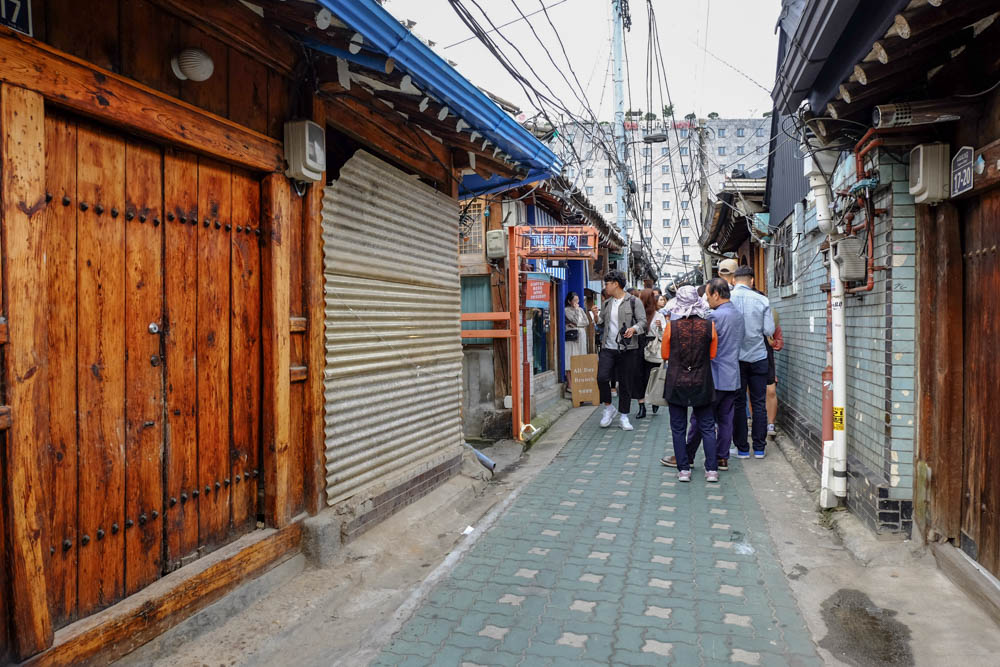

I have to admit that we were not very impressed by the visit of Ikseon-dong, compared to the other hanok villages that we visited in Seoul.
Anyway the young (and a little hipster) vibe makes Ikseon-dong a trendy place to go spend some time and money, as the main activities there are shopping or eating.
How to get to Ikseon-dong hanok village
Get off at Jongno 3-ga Station Subway Station in line 5 and take the exit 6.
IF YOU FOUND THIS POST INTERESTING AND INSPIRING, HELP ME TO SHARE IT WITH OTHER TRAVELERS!
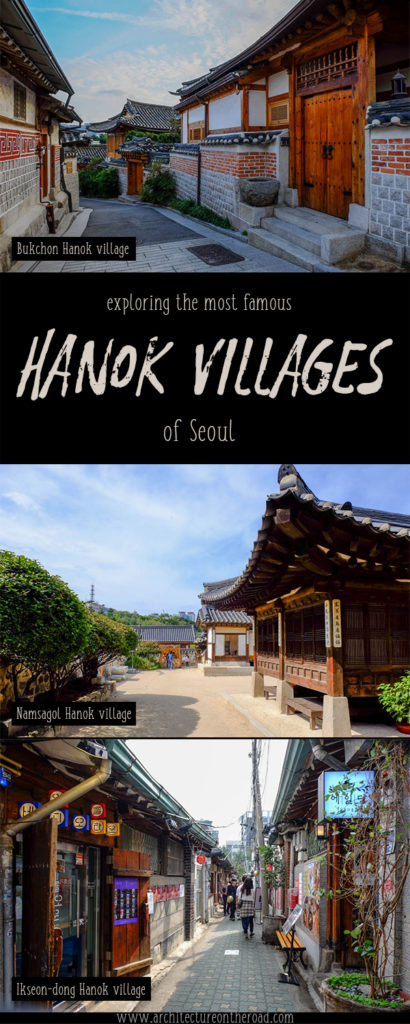
More from South Korea
stay tuned !
search for a destination
latest travel itineraries
latest South Korea articles
Text and pictures by Architecture on the Road ©
Architecture on the Road
All rights reserved
All photographs on this site were taken and are owned by me (unless credited otherwise).
If you would like to use some of these photos for editorial or commercial purposes, many of these are available on Shutterstock (click the link below). Otherwise, please contact me on Instagram, Facebook, or by email.
Do not use my pictures without my written consent. Thank you!

